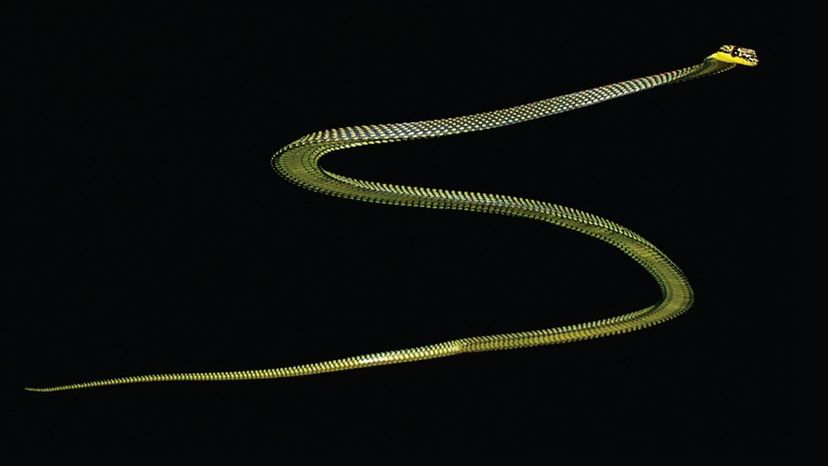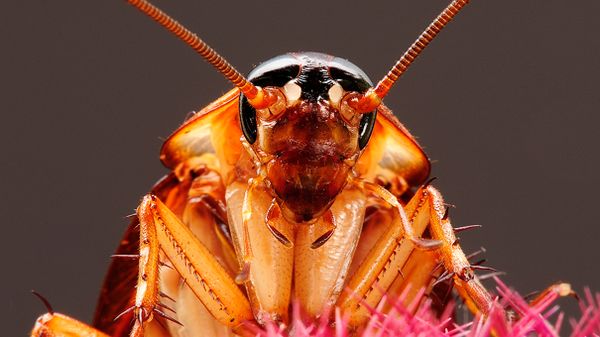Flying snakes have mysterious habits out in the wild. "We actually don't know why they glide — there are no studies that address the topic. (I have been interested for years)," says herpetologist Jake Socha in an email.
"But anecdotally," he says, "I have seen them use it for escape, from me and other people. And it is also possible and likely that they use it for effective locomotion — to move to another tree or to the ground in a short time, or to avoid slithering over substrates where they could encounter a predator."
A professor at Virginia Tech, Socha has been studying these snakes for over two decades and co-authored a paper about their aerial antics.
When a flying snake launches itself off of some tree or elevated surface, its ribs splay outwards, flattening the animal from the neck to the nether regions. The process helps Chrysopelea snakes create lift — an upward-acting physical force that airplanes take advantage of — by making their bodies more aerodynamic.
What this does to their internal organs is another mystery. At all rates, the method gets results: Flying snakes have been seen gliding across distances of up to 330 feet (100 meters) horizontally.


